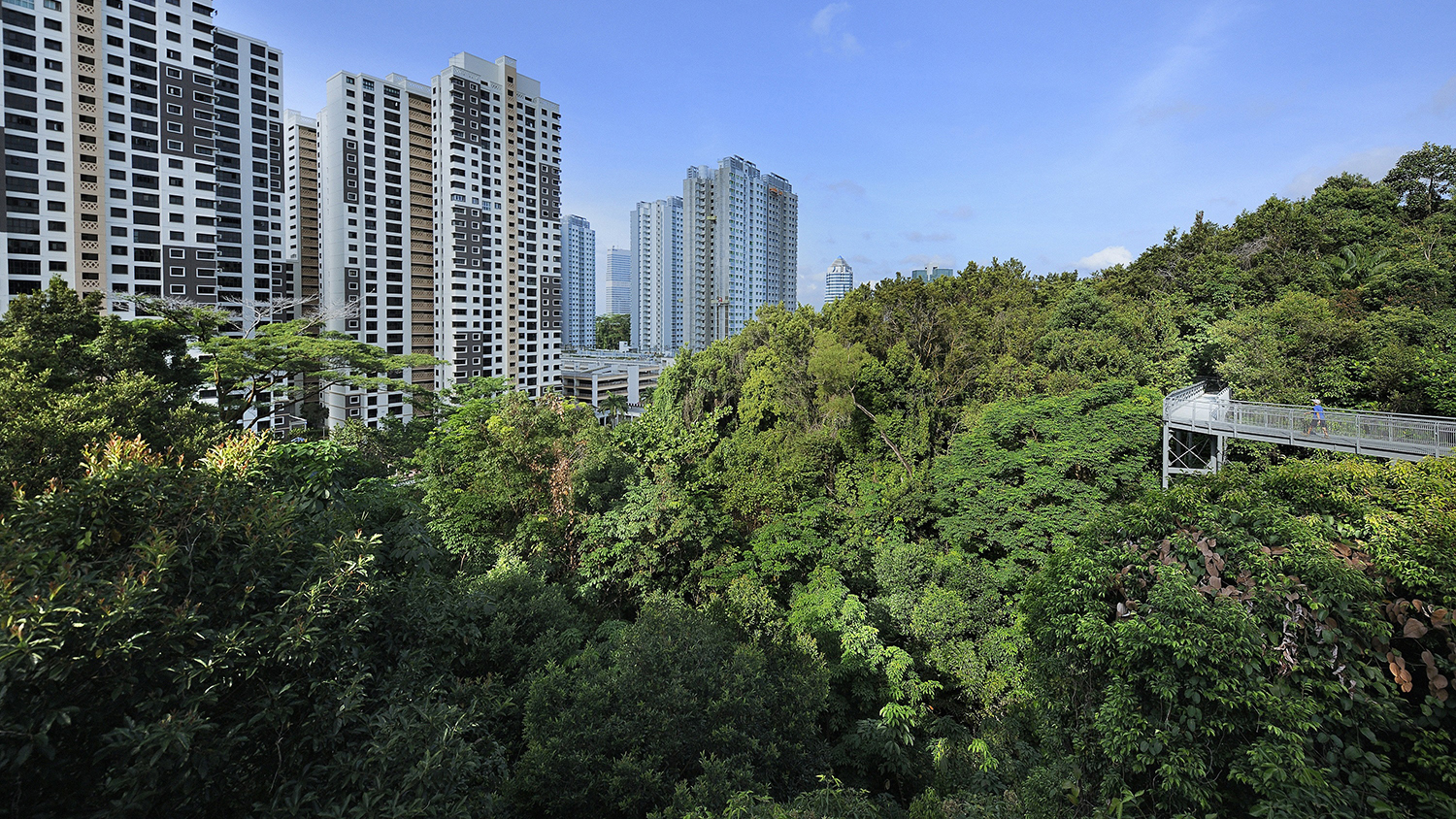%2022%20Mar?$article-big-img-desktop$&qlt=85,1&op_sharpen=1)
One of the new public spaces at King's Cross in London. Photography: John Sturrock
Stuck indoors for months at a time, lockdown has certainly given us a new appreciation of our cities’ open spaces. When the pandemic is under control, people may flood back to shops, restaurants and entertainment venues, but our relationship with city centres may have also changed.
A recent survey by design and architecture firm Gensler found that two-thirds of respondents in London, New York, San Francisco and Singapore wanted to leave for smaller, less populated areas. In that context, it argues in its accompanying 2021 Design Forecast, large cities will need to work to preserve their vibrancy and maintain their populations by placing increased emphasis on walking distances and human connection through open spaces, parks and pavements.
Likewise, private developers who own and manage vast swathes of major cities will need to think hard about what they offer the public in terms of the open and community spaces. “Mixed-use developers should look to create hybrid spaces,” Gensler says, “creating shared urban experiences and installing new programming where people already congregate.”
Malls, for example, have an opportunity to accommodate community functions such as colleges, healthcare and housing; cultural developments can create space for interaction; and hotels can become an extension of the work-from-home experience. “Retail centres with a distributed network of public spaces will thrive,” Gensler predicts.
Public space at Kings's Cross in London. Photography: John Sturrock
Mixed-use developments that integrate large sections of open space aren’t new, but such schemes feel increasingly appropriate in the battle to woo the public away from online retail. “It's about people coming to spend time and to dwell,” says James Rayner, retail lead at Argent, whose 67-acre, mixed-use development in London’s King’s Cross has 26 acres of open space. “While the public realm may not deliver direct rental income, the overall experience of a place does,” he says. “For the estate to become truly embedded within the local community, people need to have the ability to come and enjoy the spaces, public art, street markets and free events. How a place makes people feel is what keeps them coming back.”
George Hongchoy, chief executive of Link Real Estate Investment Trust, echoes this. “When we implement placemaking properly, we are already thinking about what the local communities need, and what might attract them.”
Several of its developments in Hong Kong are located in dense residential areas, in which serving existing populations is vital. At Stanley Plaza, it designed a large playground in a piazza surrounded by restaurants and an amphitheatre, for use by young families from a nearby housing development. Meanwhile, at Lok Fu Place, as well as revitalising the local market, an expansive lawn and a rooftop space for urban farming and community event was included.
Hongchoy says a report by KPMG Hong Kong found that every HK$1 invested in Lok Fu Place and Market generated between HK$1.80 and $6.70 in annual socio-economic benefits. The bottom line still matters of course, but he argues that other metrics must also be taken into account when assessing the success of development.
Hong Kong's Stanley Plaza and Lok Fu Place. Images: Link REIT
“A consequence of successful placemaking is that trades located nearby benefit from the additional footfall and spend, but it’s a dangerous assumption that public space creation should result in a financial upside,” he says. “Building better places creates vibrancy and enriches communities and this should always be the aim of any community-focused developer.”

Bringing nature back
The urban rewilding movement is growing across the world with property specialists bringing nature back into our city centres. But can it also turn a profit? Read more


%2022%20Mar.jpg)
%2022%20Mar.jpg)
%2022%20Mar.jpg)
%2022%20Mar.jpg)
%2022%20Mar.jpg)